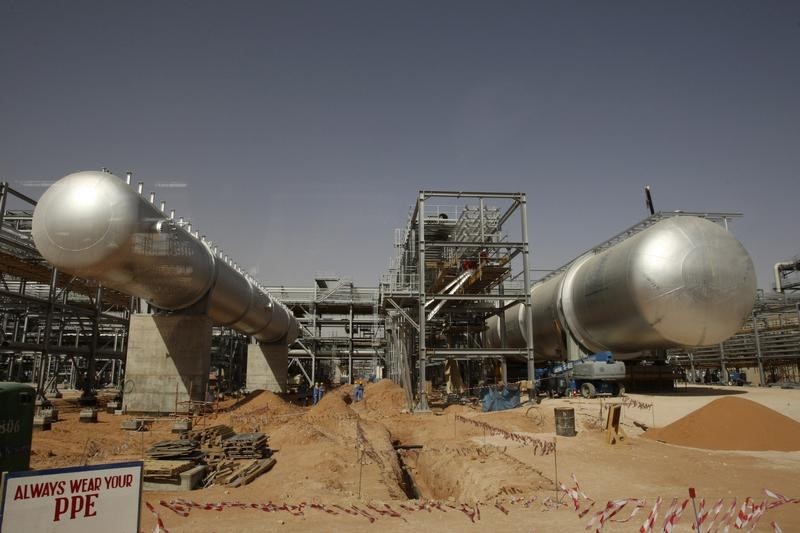Bullish indicating open at $55-$60, IPO prices at $37
* Asian stock markets : https://tmsnrt.rs/2zpUAr4
* Nikkei down, S&P 500 futures ease
* Corporate earnings, factory surveys loom for the week
* U.S. May crude futures tumble to 1999-low on supply glut
By Wayne Cole and Julie Zhu
SYDNEY/HONG KONG, April 20 (Reuters) - Caution gripped Asian
share markets on Monday amid expectations a busy week of
corporate earnings reports and economic data will drive home
the damage done by the global virus lockdowns, while a glut of
supply sent U.S. crude spiralling to 20-year lows.
European stocks were headed for a strong start, however,
with the pan-region EUROSTOXX 50 futures STXEc1 up 1.23%,
German DAX futures FDXc1 gaining 1.26% and FTSE futures
FFIc1 up 0.93%.
E-Mini futures for the S&P 500 ESc1 slipped 0.46%, having
jumped last week on hopes some U.S. states would soon start
re-opening their economies. .N
Japan reported its exports fell almost 12% in March from a
year earlier, with shipments to the United States down over 16%.
Readings on April manufacturing globally are due on Thursday and
are expected to hit recession-era lows. Better news came from New Zealand where success in
containing the virus allowed the government to announce an
easing in the country's strict lockdown from next
week. MSCI's broadest index of Asia-Pacific shares outside Japan
.MIAPJ0000PUS eased 0.23% in slow trade, pausing after five
straight weeks of gains.
Japan's Nikkei .N225 fell 1.19%, but Chinese shares
.SSEC edged up 0.37% as a benchmark lending rate was lowered
to shore up the coronavirus-hit Chinese economy after it
contracted for the first time in decades. U.S. President Donald Trump said on Sunday that Republicans
were "close" to getting a deal with Democrats on a support
package for small business. The United States has by far the world's largest number of
confirmed coronavirus cases, with more than 750,000 infections
and over 40,500 deaths, according to a Reuters tally.
The S&P 500 .SPX has still rallied 30% from its March low,
thanks in part to the extreme easing steps taken by the Federal
Reserve. The Fed has bought nearly $1.3 trillion of Treasuries
alone, and many billions of non-sovereign debt it would
historically have never gone near.
"The Fed will be a major buyer of risky assets in the coming
months, and has displayed its willingness to backstop virtually
any part of the domestic financial system in trouble," said
Oliver Jones, a senior markets economist at Capital Economics.
MARKET CONCENTRATION
Yet the particular composition of the S&P 500 was also a
major factor, he added, as three sectors relatively resilient to
a virus-induced lockdown -- IT, communications services and
healthcare -- make up around 50% of the index.
Indeed, Microsoft, Apple, Amazon, Alphabet and Facebook
account for more than a fifth of the index.
"What's more, the S&P 500 is skewed towards a few
ultra-large firms, some of which are also in those sectors,"
Jones said. "Their sheer size might make them better able to
weather a few months of dramatically-low revenues than most."
The rebound in the S&P 500 therefore likely overstated
optimism on the economy, Jones argued, noting European benchmark
equities indices and U.S. small cap indices were still in bear
market territory.
Bond markets suggested investors expected tough economic
times ahead with yields on U.S. 10-year Treasuries US10YT=RR
steady at 0.63%, from 1.91% at the start of the year.
"We are dealing with scales of declining economic activity
that nobody has seen before. The potential hit to GDP in the
second quarter this year will probably far exceed what we saw at
the worst point of the financial crisis," Capital Group's
economist Robert Lind said in a note.
That decline has shrunk the U.S. dollar's yield advantage
over its peers and left it rangebound in recent weeks. So far in
April, the dollar index =USD has wandered between 98.813 and
100.940 and was last at 100.060.
The dollar was a fraction firmer on the yen on Monday at
107.92 JPY= but again well within recent ranges, while the
euro idled at $1.0842 EUR= .
Gold had recoiled to $1,676 per ounce XAU= , having touched
a 7-1/2 peak of $1,746.50 last week. GOL/
Oil prices remained under pressure as the global lockdown
saw fuel demand evaporate, leaving so much extra supply
countries were finding it hard to find space to store it. O/R
So great was the near-term glut that the May futures
contract for U.S. crude was trading down over 18% at $14.81 a
barrel CLc1 , while June shed 6.19% to $23.48 CLc2 .
Brent crude LCOc1 does not have the same storage problems
and its June contract was off only 1.02% at $27.06 a barrel.
<^^^^^^^^^^^^^^^^^^^^^^^^^^^^^^^^^^^^^^^^^^^^^^^^^^^^^^^^^^^
Asia stock markets https://tmsnrt.rs/2zpUAr4
Asia-Pacific valuations https://tmsnrt.rs/2Dr2BQA
^^^^^^^^^^^^^^^^^^^^^^^^^^^^^^^^^^^^^^^^^^^^^^^^^^^^^^^^^^^>
(Editing by Sam Holmes & Shri Navaratnam)
